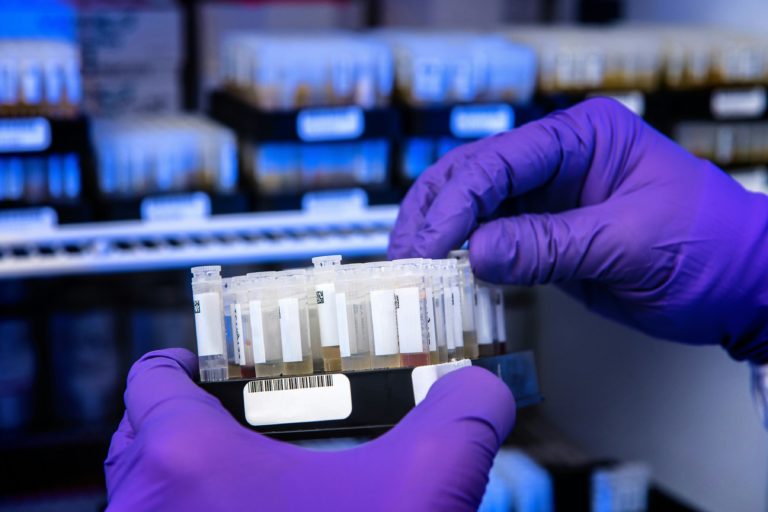Imagine you’re on a treasure hunt, searching for the perfect key to unlock a door that leads to a cure for a disease. In the world of drug discovery, scientists are like treasure hunters, searching for the right molecules that could become life-saving medicines. But with millions of molecules out there, how do they know which ones to choose?
This is where predicting drug candidates comes in. Scientists use a mix of cutting-edge techniques and clever strategies to sift through the vast sea of molecules and find the ones most likely to become successful drugs.
One key factor scientists consider is how well a molecule interacts with its target in the body. Just like a key needs to fit perfectly into a lock, a drug molecule needs to bind tightly to its target to have the desired effect. Scientists use computer simulations and experiments to predict how strongly a molecule will bind to its target, helping them narrow down their options.
Another important aspect is the molecule’s safety profile. Scientists need to make sure that the molecule doesn’t cause any unwanted side effects in the body. They analyze its chemical structure and test it in various models to predict its safety profile, ensuring that it’s safe for humans to use.
Additionally, scientists look at how easily the molecule can be absorbed and distributed in the body, as well as how quickly it’s broken down and eliminated. These factors help predict whether the molecule will stay in the body long enough to do its job effectively.
By predicting drug candidates early on, scientists can focus their efforts on developing the most promising ones, saving time and resources in the drug discovery process. Ultimately, this means faster development of new medicines that could improve and save lives.
So next time you hear about scientists predicting drug candidates, remember that they’re like skilled navigators, charting a course through the complex maze of molecules to find the treasures that could one day become life-changing medicines.





